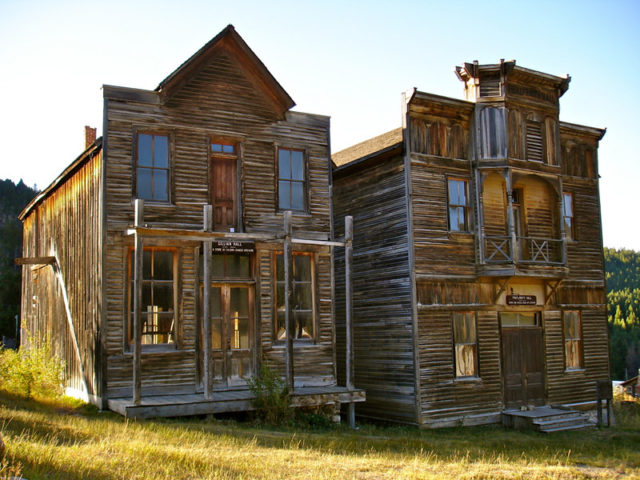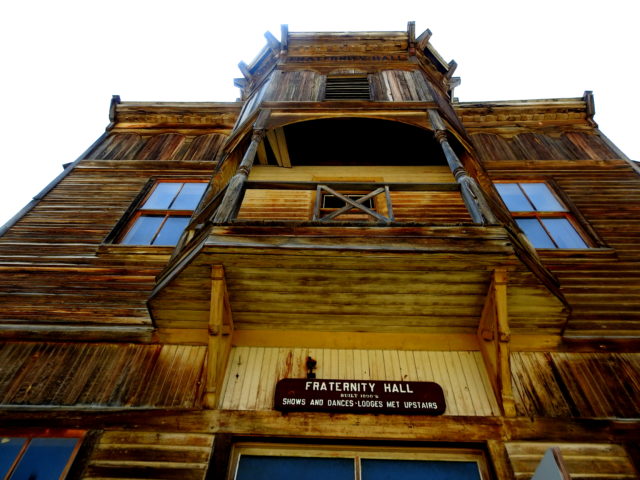The residents of Elkhorn began to disappear gradually. In the winter of 1889 and 1890, there was a terrible diphtheria outbreak that killed many children living in the mining town. In one terrible case, a mother died from diphtheria alongside all five of her children within a one-week period. Soon after the diphtheria outbreak ended, the railroad service to Elkhorn was stopped. By this point, the desire for silver had decreased and families living in Elkhorn slowly started to drift away. By 1924, the post office in town had closed. In 1931, the railroad tracks were dismantled for scrap metal. At this point, the town of Elkhorn was left to die.
In 1980, the state of Montana designated Fraternity Hall and Gillian Hall as Elkhorn State Park. Today, the one-acre Elkhorn State Park is the smallest state park in Montana. The second floor of Fraternity Hall is open to the public.


